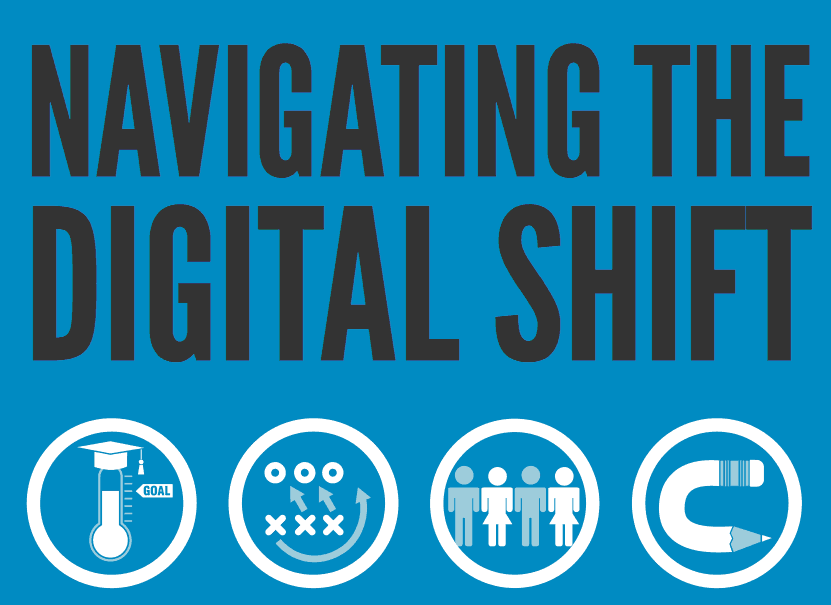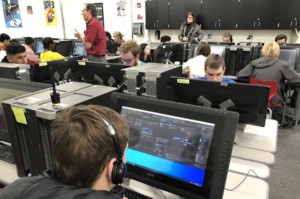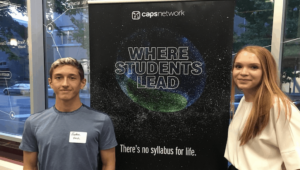Stock Market & Real Estate Boom–What Does it Mean for Edu?

The stock market is at record highs–the Dow reach 16,000 two weeks ago and NASDAQ reached 4,000 last week. Consumer confidence is up and tax receipts have recovered to 2008 levels.
Real estate values grew by a whopping 13% this year (in a 20 city Case Shiller composite) but growth ranges from less than 4% growth in Cleveland to 25% in San Francisco. Housing prices in many cities have rebounded to 2004 levels but remain well below bubble prices of 2007. Comparable sales at up 8% at Home Depot indicating that people are investing in their homes.
Rockefeller Institute reports that income and sales tax receipts are recovering rapidly as well but that varies as well. On the flip side, there are a record number of children homeless and living in poverty.
Does the recovery mean good news for for K-12 schools? It depends: in some places yes–for now. In other places, it’s still tough sledding.
Tough Rhode. “We’re not looking at any tide of rising revenues in the near future,” said Deborah A. Gist, Commissioner in Rhode Island, which currently has the second-highest unemployment rate in the country.
Gist said, “Our focus remains on phasing in of our funding formula for state aid to education, which provides aid to school districts based on student capacity and community need.” The Commissioner is also “encouraging efficiencies in such areas as construction, transportation, purchase of supplies so that school districts can concentrate expenditures on improving teaching and learning.”
Rhode Island is investing wisely when expenditures are necessary. Gist added, “We’re very pleased that our Governor and legislature have approved a $20 million bond to bring wireless Internet access to every classroom in Rhode Island – a worthwhile investment that we cannot postpone.”
Two recently constructed or reconstructed Rhode Island schools won U.S. Department of Education Green Ribbon awards. “We’re proud that our very few new construction projects are committed to energy efficiency and a minimal energy footprint. These investments save taxpayer dollars and serve as a living laboratories for students as well.”
The squeeze. Rising home prices and improved confidence may make it a bit easier to pass local levies in many parts of the country.
“With higher income and property taxes, state budgets are gradually recovering–but these receipts lag the economy by a year or two,” said John Bailey, Digital Learning Now! Where the modest recovery and housing market is producing some additional revenue, Bailey suggests, “The question is how to spend it?”
Increasingly, states are using these revenues to pay for rising pension costs and filling in the remaining holes left from the recession. States participating in the new Medicare expansion under Obamacare will have the full costs covered for three years but then have to pick up part of the tab all while finding state funds to cover the additional costs. These combined costs will continue to crowd out education investment in many state budgets. Bailey thinks in most states, “The question is how to do more with less.”
Former Maine Commissioner Stephen Bowen doesn’t think system heads in most states should be counting on any additional funds. He adds, “No amount of money is going to make the factory-era model of schools work more effectively.”
Bailey suggests, “The answer to both is blended learning – it makes the most of limited dollars.” By blending the best of onsite and online learning, Bailey suggests schools have the opportunity to simultaneously boost achievement and sustainability.
As Gist described, the shift to blended learning does require state and district investment. One interesting strategy is the Straight A Fund in Ohio, a $250 million fund created in the new state budget signed this summer by Gov. Kasich. Grants, which will be announced mid December, will award sustainable innovations.
Bailey notes, “Pensions are the other time bomb that really haven’t been addressed.” Ballooning pension liabilities are a dark cloud hanging over many district, municipal and state budgets.
Former Florida Commissioner and Senior Advisor to Chiefs for Change, Eric Smith agrees that pension liability are a big threat. He thinks wise investment of new surpluses “is an opportunity for education to be part of the increased economic confidence.” But he worries that “the current controversy with standards and testing doesn’t help.”
Next steps. Improving economic conditions may not translate into a recovery of loss education revenues and where they do it may be temporary. As Gist and Bailey suggest, there is a window of opportunity in many states to make smart investments in infrastructure and new school models that will result in benefits for decades to come. Bowen suggests, “Any additional funding we do have should be invested in innovation and new approaches.” The Straight A Fund in Ohio may prove to be a productive roadmap.
For state and district leaders considering the path forward, John Bailey, Carri Schneider and I wrote Navigating The Digital Shift, a free ebook that includes the Blended Learning Implementation Guide and supporting chapters outlining school finance, staffing, and online learning strategies.
It’s time for state leaders to make a plan for the shift to personal digital learning–and back it up with smart investments.
12/10 Addition. Ohio announced last week a total of 24 grants totaling $88M were recommended by the Straight A Fund Governing Board after a rigorous screening process. The recommendations go to the Ohio Controlling Board for final approval on Dec. 16. Here’s the full list of tentative grant winners. (#StraightAFund)
The recommended grants include $14M to Reynoldsburg Schools (@ReynSchools) to join the Pathways to Prosperity Network, a collaboration of nine states, Jobs for the Future and the Harvard Graduate School of Education, creating pathways that combine high school, career tech, college and work-based experiences to produce graduates who are credentialed for a career and/or are well on their way to a college degree. They will work with 12 districts partners on a model that could serve the entire state.
Digital Learning Now! is a Getting Smart Advocacy Partner






0 Comments
Leave a Comment
Your email address will not be published. All fields are required.